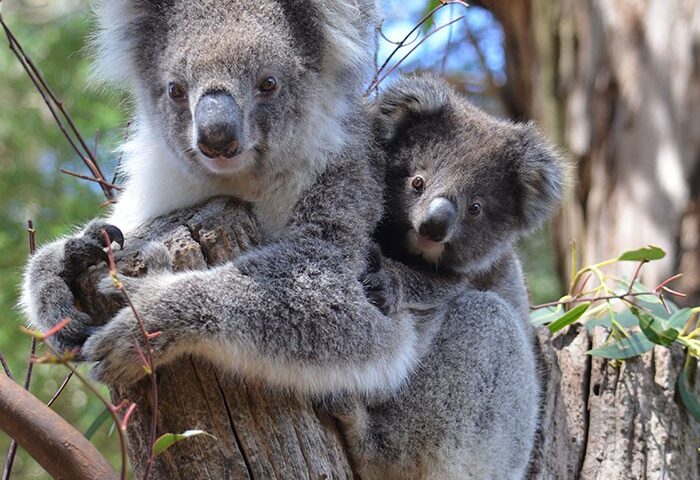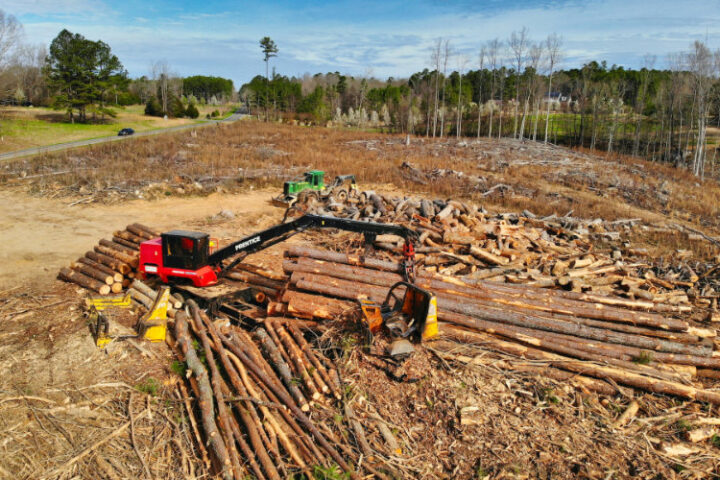Conservationist demands end to dugong hunt as numbers plummet
Brian Williams ENVIRONMENT REPORTER
The Courier-Mail
July 19, 2013 12:00AM
A CONSERVATIONIST has called for an end to all indigenous hunting of dugongs until the species recovers as numbers dwindle dramatically.
There are fears that the marine mammal population is in free fall as flood damage to their habitat has push them to the brink.
Australians for Animals spokeswoman Sue Arnold said the federal and state governments should conduct a survey of dugong numbers from Cooktown to Brisbane.
She said the impacts of north Queensland’s Abbot Point port extension and any other port developments should also be taken into account.
This was critical for dugong survival due to flood and dredging impacts on seagrass meadows and because dugongs were part of UNESCO’s World Heritage listing of the Great Barrier Reef.
In 2011 the State Environment Department reported that in some areas seagrass cover had crashed by more than 80 per cent. This saw dugongs and turtles suffering from malnutrition and a major fish disease outbreak in Gladstone Harbour.
“The dugongs on the urban coastal stretch have been overwhelmed,” Ms Arnold said.
“There is a desperate need to protect seagrass. They have had problems at places such as Gladstone because of port development.”
Gladstone Ports Corporation chief executive Leo Zussino said a James Cook University study showed an overall increase of 718ha of seagrass meadows since the 2011 floods, one of the few places to show such recovery.
e0703ece-ef78-11e2-af7f-ad8cecfd760b
A dugong mother and calf in Moreton Bay. Picture: Elizabeth Burgess
A dugong mother and calf in Moreton Bay. Picture: Elizabeth Burgess Source: News Limited
James Cook dugong specialist Helene Marsh said a survey of dugongs off their most important habitats on Cape York and the Torres Strait would be conducted later this year to complement a survey of the urban coast in 2011.
A survey of Moreton Bay two weeks ago showed a normal calving rate.
Professor Marsh said she did not think the situation warranted a survey at this time.
“The window of suitable weather is narrow and there would not be sufficient aircraft or trained observers given our other survey commitments,” she said.
Environment Minister Andrew Powell said the department was working with indigenous communities to implement appropriate hunting practices.
“Many communities strongly support the development of sea country management and related hunting plans and are working towards a self-regulation permit system,” he said.
A spokesman for Federal Environment Minister Mark Butler said hunting would not be banned and indigenous people were entitled to collect some dugong for personal use.
Dugong mortalities in 2011 were the highest recorded in Queensland since data collection began 17 years ago. A total of 250 died up from 90 the year before.
Dugongs may live for 70 years or more and females do not start breeding until 10 to 17 years. They calve only once every three to five years, providing conditions are suitable.
Moreton Bay Marine Park has about 900 dugongs and is the only place in the world where they are found close to a major capital city.



